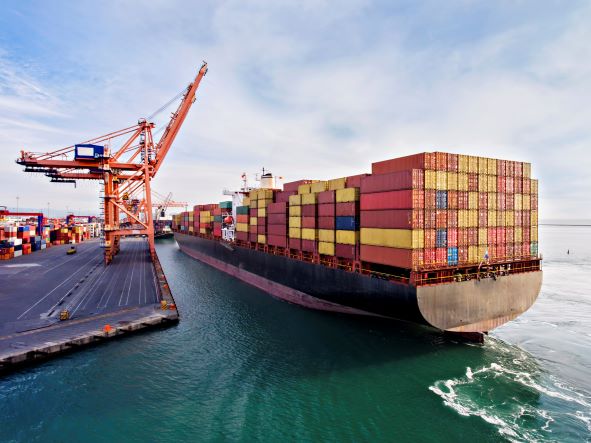Imports at major U.S. container ports are expected to significantly cool following record-setting demand during the spring, according to a Global Port Tracker report released by the National Retail Federation and Hackett Associates, a maritime trade consulting service. Despite slowed use, the ports are on track to seeing a net gain over the previous year.
“Retail sales are still growing, but the economy is slowing down and that is reflected in cargo imports,” NRF VP for supply chain and customs policy Jonathan Gold said, in a statement. “Lower volumes may help ease congestion at some ports, but others are still seeing backups and global supply chain challenges are far from over. Our biggest concern is the potential for disruption because of separate labor negotiations at the West Coast ports and the freight railroads.”
The U.S. ports covered by the Global Port Tracker handled 2.25 million twenty-foot equivalent units (TEU) of cargo in June, down 5.9 percent from May’s 2.4 million TEU, which is also the largest number of containers imported in a month since NRF began tracking imports in 2002. The latest results also brought the import units to 13.5, which is 5.5 percent larger than the same time last year.
Although July’s numbers are not yet reported, the projection is 2.26 TEU, up 3.2 percent year over year. August is expected to decrease greatly, down to three percent to 2.2 million TEU. Although September’s projection is up 0.4 percent from the previous year, the rest of the year is expected to see a dramatic downturn.
Despite the hits to cargo, retail sales are expected to remain steady: the NRF forecasts that 2022 retail sales will grow between 6 and 8 percent over 2021, with an average 7 percent increase during the first half of this year.
Related: Dasani, Sprite Switch to Sustainable Packaging; Kroger Works With Oneview on Digital Initiatives

